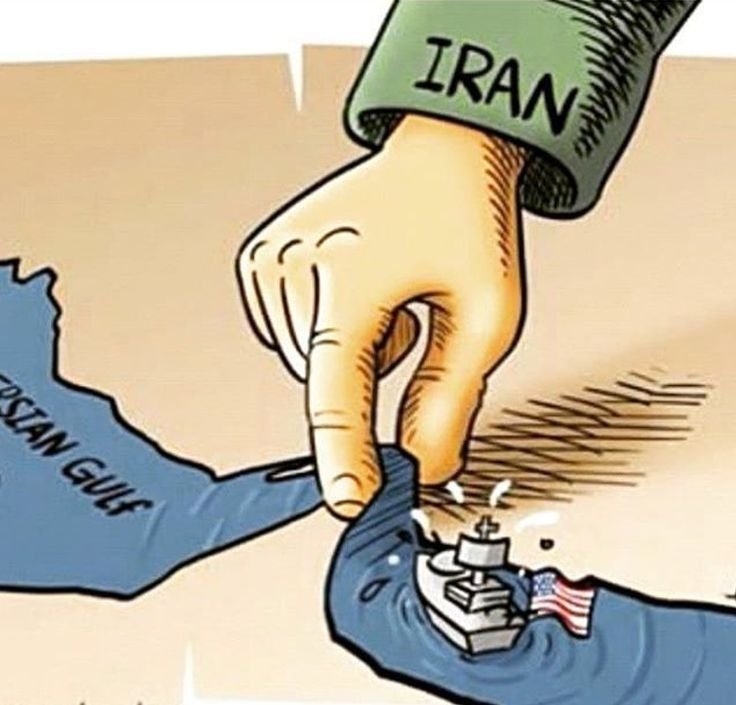1. Introduction: Tensions Escalate in the Middle East
In mid‑June 2025, a wave of Israeli airstrikes—later joined by U.S. bunker-buster munitions—struck multiple Iranian nuclear sites, including Fordow, Natanz, and Isfahan. Tehran responded by admitting serious damage to its sensitive nuclear infrastructure, although it emphasized that nuclear material removal and underground sheltering had spared the most critical components. The attacks have ignited a fierce global debate on arms control, intelligence reliability, and the potential for further escalation.
2. The Attacks: Precision but Partial
A. Targets Hit
– Fordow Fuel Enrichment Plant: Deep underground, this facility suffered severe surface-level destruction—impact holes, damage to access roads and support structures—highlighting the precision yet limited reach of bunker-buster bombs. dw.comtheguardian.com+4reuters.com+4thetimes.co.uk+4understandingwar.org+3understandingwar.org+3understandingwar.org+3
– Natanz Enrichment Complex: The Pilot Fuel Enrichment Plant was hit, power substations disrupted, and possibly thousands of centrifuges damaged or destroyed. understandingwar.org+2understandingwar.org+2understandingwar.org+2
– Isfahan Nuclear Technology Center: Warehouses, uranium conversion facilities, and fuel fabrication labs took hits, substantially disrupting conversion capacity. understandingwar.org+2understandingwar.org+2en.wikipedia.org+2
B. Severity of Damage
The IAEA reported extensive damage within the sites but no regional radiological release or environmental hazard. Key indicators of radioactive impact were confined to onsite release. aa.com.tr
3. Iran’s Perspective: Damage, Not Defeat
Despite public condemnation, Iranian authorities acknowledged the “serious damage” while asserting strategic survival, citing moved enriched uranium and hardened underground bunkers. They described the attack as illegal aggression but signaled readiness to rebuild.
4. Divergent Intelligence Assessments: Months or Years?
A. U.S. Defense Intelligence Agency (DIA)
A preliminary DIA leak conveyed a low-confidence estimate, suggesting only a delay of a few months. It cited likely relocation of material and absence of massive on-site destruction. apnews.com+1apnews.com+1
B. Israeli and U.S. Officials
In contrast, Israeli statements claimed a multi-year setback, tallying the elimination of thousands of centrifuges. The U.S. CIA, NASA imagery, and Trump administration sources argued the damage could take years to fully repair, supporting a longer delay. reuters.com+12theguardian.com+12ft.com+12
5. Independent Confirmation: Satellite and IAEA Data
– Satellite Imagery: Commercial images revealed six penetrative holes at Fordow and collapsed infrastructure at Natanz and Isfahan—hallmarks of destructive bunker-buster penetrations. en.wikipedia.org+15reuters.com+15nypost.com+15
– IAEA Statements: The nuclear watchdog confirmed extensive onsite damage but stressed the lack of offsite contamination. It also noted the difficulty of assessing underground impacts remotely.
6. Military Strategy: How the Strikes Were Carried Out
The campaign involved hybrid tactics:
- Mossad drone sabotage disabling key air-defense and missile launcher systems ahead of the airstrike.
- Precision Israeli airstrikes on key nuclear and missile infrastructure.
- U.S. bunker-buster munitions targeting hardened, underground nuclear installations. en.wikipedia.org
The operation, known as Operation Rising Lion (Israeli) and Operation Midnight Hammer (U.S.), reflected tight coordination. Some reports suggest reduced Iranian missile retaliation was the result of Mossad’s preemptive strikes. en.wikipedia.org+5washingtonpost.com+5washingtonpost.com+5
7. Regional Fallout and Retaliation
Iran launched dozens of ballistic missiles and drones at Israel in response, which mostly missed military targets and were largely intercepted—but still inflicted civilian casualties. timesofisrael.com+2businessinsider.com+2ft.com+2
Meanwhile, Iranian parliamentarians voted to suspend IAEA cooperation, and Tehran stepped up internal crackdowns, fearing leaks and dissent. theguardian.com+1theguardian.com+1
8. Diplomatic Pressure and Global Reactions
- United Nations: Secretary-General Guterres condemned the strikes as dangerous escalation and demanded diplomacy. The U.N. Security Council convened an emergency session. aljazeera.com+1en.wikipedia.org+1
- NATO: Secretary General Rutte urged restraint. One private U.S.-NATO source praised the decisive nature of action but stressed collective security risks. aljazeera.com
- Regional Actors: Nations like Egypt, Bahrain, and Lebanon (Hezbollah) condemned the strikes. Meanwhile, global oil markets spiked and nations anxiously monitored maritime shipping for escalation. apnews.com
9. Non-Proliferation Risks & Nuclear Strategy
Experts warn that striking nuclear sites may incentivize covert rebuilding of programs and raise proliferation risks. Iran could hide facilities deeper or disperse assets. The IAEA’s ability to monitor was severely hampered following Iran’s withdrawal from oversight.
10. What’s Next? Outcomes and Open Questions
A. Iran’s Repair Timeline
The real extent of damage remains unclear until inspectors return. If weapons and uranium stocks were relocated, Iran may rebound more quickly than some analysts expect.
B. Diplomatic Track
Despite public hostility, behind-the-scenes diplomacy is reportedly resuming. The U.S. may pursue talks, even as Trump administration voices assert diplomatic alternatives might be unnecessary. apnews.com+1reuters.com+1
C. Risk of Wider War
With Iran’s massive retaliatory capabilities diminished, regional escalation may be momentarily frozen—but simmering tensions and unresolved strategic contention around nuclear ambitions fuel the potential for a broader conflict.
11. Conclusion: A Strategic Blow or Temporary Halt?
Today’s strike has had a significant tactical effect: damaged nuclear and missile infrastructure, disrupted Iran’s uranium conversion capacity, and demonstrated a new level of Israel–U.S. co‑ordination. But its strategic impact is still uncertain. Iran’s acknowledgment of “serious damage” underscores that while some capabilities were degraded, critical components—enriched uranium, underground facilities, technical expertise—likely survived.
The world now faces a choice: doubling down on military containment or recommitting to diplomatic mechanisms with transparency, inspections, and enforceable oversight. The balance between managing immediate threats and preventing long-term nuclear proliferation has never been more precarious.


